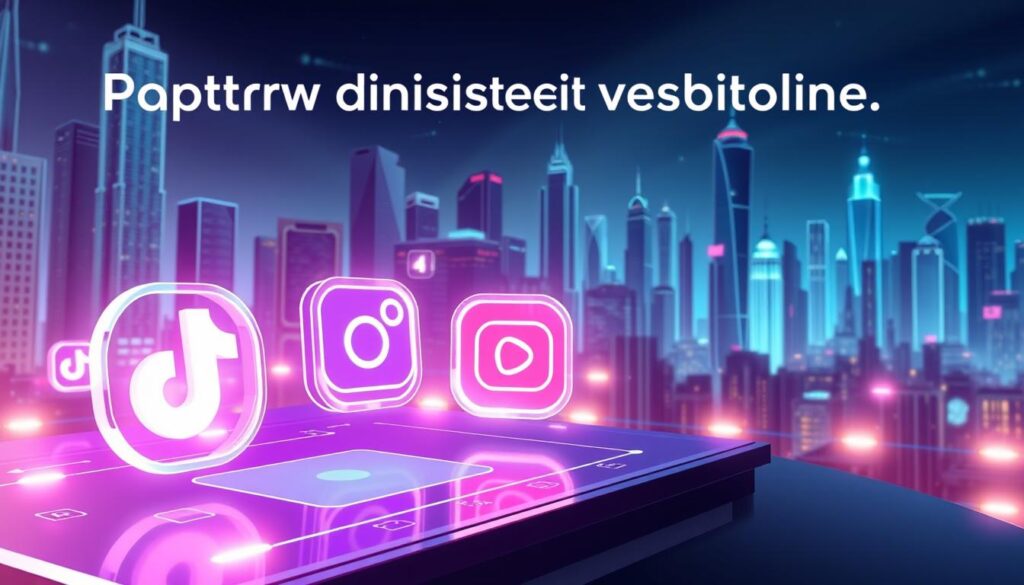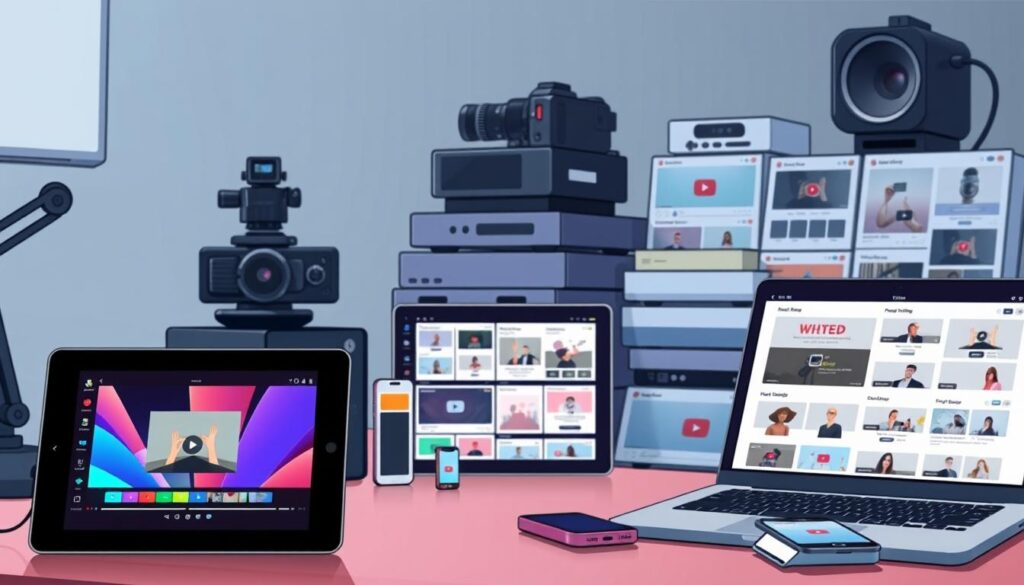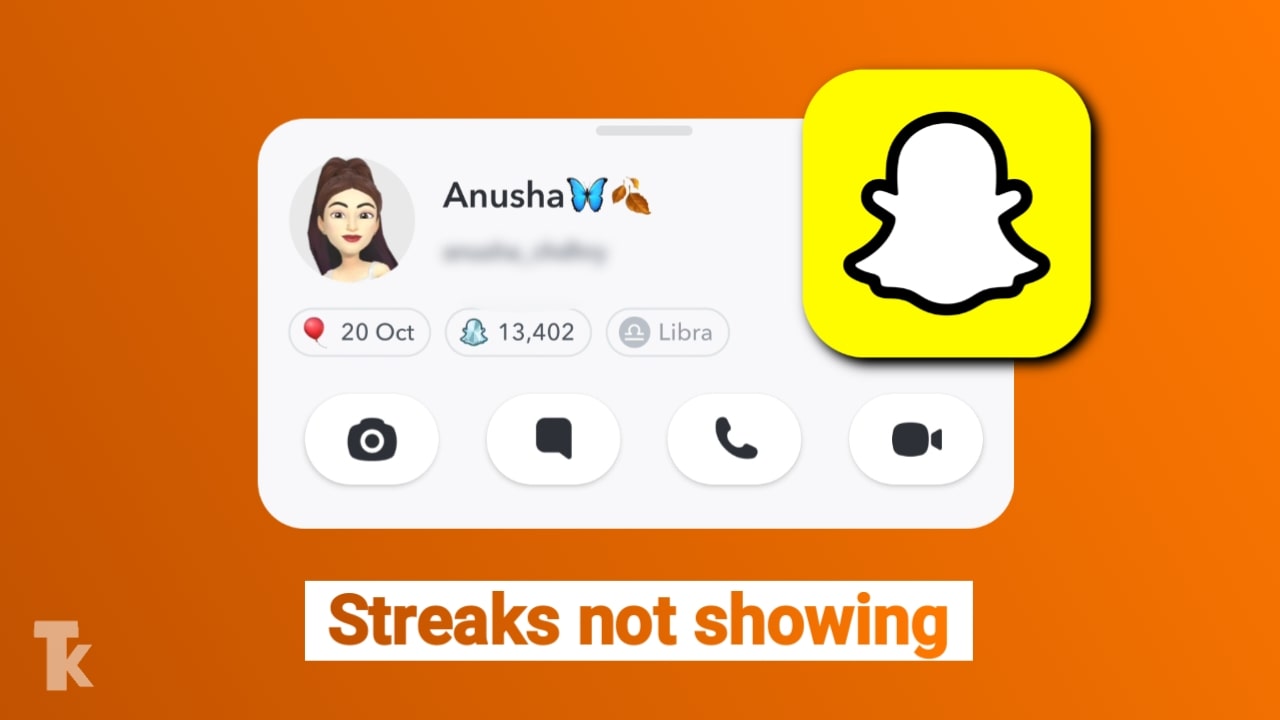In 2025, short-form video offers the highest ROI for marketers by leveraging vertical video dimensions (9:16) and rapidly evolving algorithms. To succeed, brands must master Social Search Optimization (SSO), utilize the YouTube Shorts 3-minute update, and streamline production with CapCut/InShot workflows. This guide explores how to integrate TikTok Shop and micro-learning formats to capture attention in the 47-second window.
Nearly three in ten marketers say the most used format in 2025 is short-form video, and 21.02% report it delivers the highest ROI.
This trend explains why platforms push swipeable clips into feeds and why TikTok, with over 1.6 billion users, captures so much attention.
For you as a small business or creator, that means more reach for less time. We’ll show how to shape content that fits fast attention spans and earns real engagement.
Expect clear rules on when to keep clips under 60 seconds and when a slightly longer cut works. You’ll also learn platform differences so your content fuels awareness, consideration, and conversion.
Key Takeaways
- Short-form video leads for reach and ROI in 2025; many marketers are increasing investment.
- Swipe-first platforms favor vertical clips—optimize for completion and watch time.
- Keep hooks tight: the average attention window rewards quick, bold openings.
- Use each platform’s strengths—discovery on TikTok, reuse on Reels and Shorts.
- Track engagement, completion rate, and watch time to iterate on winning content.
The state of social media in 2025: why feeds favor speed, sound, and swipeable video
The rise of swipe-first apps has rewritten how content wins attention on social feeds. Platforms now prioritize fast, vertical clips that autoplay with captions and bold on-screen text.
TikTok leads the pack with over 1.6 billion active users and U.S. adults spending about 58.4 minutes a day on the app. That daily time figure is expected to grow as TikTok Shop integration and interactive features expand.
Marketers see the payoff. HubSpot’s 2025 report shows short-form videos driving the most usage and ROI. And 71% of viewers judge a clip’s value within the first few seconds, so your hook matters more than ever.
- Feeds reward quick hooks, punchy captions, and loud sound bytes that grab attention.
- Mobile-native design makes swiping seamless; dozens of clips compound impressions in minutes.
- Platforms push recommended clips beyond followers, boosting discovery for newcomers.
- Expect more commerce integrations that shorten the path from view to purchase.
In practice: publish often, test angles fast, and favor concise, value-dense content. For further data on engagement and trends, see social media video statistics.
What qualifies as short-form video today

Creators and small businesses now measure reach in loops and seconds, not pages or minutes.
Short clips usually mean anything under 60 seconds, though many marketers accept up to 3 minutes for denser stories or how‑tos.
Defining length: under 60 seconds vs. up to 3 minutes
Aim for under 60 seconds when you can. Quick clips get more repeats and higher completion rates.
Reserve up to 3 minutes only for tutorials or narratives that truly need time to land. This flexibility is supported by the recent YouTube Shorts 3-minute update, which gives creators more room to tell stories without losing the Shorts algorithm’s reach.
Vertical-first formats and mobile-native consumption
The vertical video dimensions (9:16) are the default for most modern feeds. Design for thumb navigation and small screens.
Plan your message to land in the first 3–5 seconds. Most viewers decide whether to keep watching fast.
- Keep one clear outcome per clip; avoid packing multiple lessons into a single post.
- Crop long-form videos into snackable highlights to boost views and reuse footage.
- Use large, high-contrast on-screen text and save raw files for re-edits across platforms.
| Length | Best use | Expected completion |
|---|---|---|
| 0–60 seconds | Awareness, quick tips, hooks | High |
| 60–180 seconds | How‑tos, short stories | Moderate |
| Longer than 180 seconds | Deep tutorials, long-form videos | Lower |
The psychology of attention: why bite-sized wins

Attention spans have tightened, and creators now race to earn interest in under a minute. Dr. Gloria Mark’s research shows average on-screen focus fell from 2.5 minutes in 2004 to about 47 seconds today.
That matters because 71% of viewers judge a video’s value in the first few seconds. Shot lengths across media now average roughly 4 seconds, which means edits must be quick and purposeful.
Shrinking focus and the 47-second window
You’re competing for a ~47‑second focus window, so every second must earn attention and move the story forward.
High-impact openings: the hook that stops the scroll
- Open with movement, a pattern interrupt, or a bold promise—“In 10 seconds, you’ll learn…” to stop the scroll.
- Lead with tension: a problem, surprising stat, before/after, or a provocative question.
- Align the first frames and on-screen text so people instantly know what they’ll get.
Emotion, curiosity, and the share impulse
Use authentic emotion—humor, awe, or relief—to spark shares among people who feel seen. Pair crisp visuals with clear sound or captions so viewers get value even with the sound off.
Keep cognitive load low: one idea per clip, tight cuts, and micro-reveals every few seconds. Close the loop you open before a CTA, and use comments to fuel follow-ups that extend engagement.
Platform powerhouses: TikTok, Instagram Reels, and YouTube Shorts

Major apps now act like discovery engines that surface quick clips and fresh trends to millions daily.
TikTok powers trend discovery through its For You feed and a robust search experience. About two in five Americans use the app as a search engine for how‑tos, reviews, and ideas.
Instagram Reels gives clips strong in‑feed placement. The Reels tab helps your content reach users beyond your followers, so polished edits can earn fast exposure.
YouTube Shorts appears on the home screen and Shorts tab. It’s a natural bridge that can push viewers from short clips to longer uploads and subscriptions.
- TikTok: test multiple hooks to find what stops the scroll.
- Reels: remix trends with your brand twist to tap algorithmic lift.
- Shorts: use clear titles and descriptions to boost suggested placement.
Algorithms favor native features—sounds, effects, and captions—so blend with each platform’s culture.
| Platform | Discovery strength | Best edit style |
|---|---|---|
| TikTok | High — For You + search | Raw, trend-driven hooks |
| Instagram Reels | High — feed + Reels tab | Slightly polished, visual-first |
| YouTube Shorts | Moderate — home & Shorts tab | Concise, utility-focused |
Short-form video strategy for brands and creators

A practical content strategy begins with the funnel: decide what a single post must achieve before you record.
47% of marketers say short-form is most likely to go viral and drives the best results for brand awareness and lead generation. And 75% of marketers plan to keep or grow investment in 2025.
Map goals to formats. Use fast hooks for awareness, mid-funnel proofs for consideration, and direct CTAs for conversion.
- Build an audience-first content map: list pains, desires, and questions, then match each to a clip idea.
- Use trends as containers—keep your brand point of view consistent while riding discovery waves.
- Plan repeatable series like “60‑second tips” or “Before/After” to scale output.
- Draft modular scripts: hook, value, CTA. Swap hooks to A/B test performance.
- Align platforms to goals: TikTok for reach, Reels for community, Shorts for search-driven discovery.
“Define your funnel goals first, then choose formats that serve each stage.”
Set a sustainable cadence (for example, 3–5 posts/week), batch record, and document wins in a living playbook. That way you and your creators can repeat what works and grow with confidence.
Short-form video best practices that boost engagement and ROI

Start with a clear promise. Lead with a hook in the first seconds—a bold claim, a moving image, or a surprise that makes people stop scrolling.
Record vertically and frame people so faces and products stay inside safe areas. Asana’s sub‑10‑second clip is a good model: tight framing, fast setup, instant relatability.
Record for mute viewing
Caption every clip and make sure on-screen text alone carries the story. The Sill uses an excited sound hook, but their captions still explain the moment if sound is off.
Keep it short and post consistently
Aim for tight edits with a new beat every 2–3 seconds. Batch record and reuse templates to keep a steady posting rhythm. This practice reduces friction and scales output.
Use CTAs and test hooks
Add one clear CTA per clip: follow, comment a keyword, or tap the bio link. Test 3–5 hook variations on the same core content to find what works best.
- Sound: use native tracks or silence to highlight key moments.
- Repurpose: post winning clips across platforms with native captions and no watermarks.
- Measure: track completion and rewatch rates to validate pacing and clarity.
| Practice | Why it works | Quick tip |
|---|---|---|
| Hook in first seconds | Stops the scroll and boosts completion | Open with movement or a bold claim |
| Vertical + safe framing | Prevents UI overlap and centers subjects | Leave margins for captions and buttons |
| Caption & mute-first | Serves viewers who watch with sound off | Make on-screen text readable at a glance |
| Test hooks & measure | Finds repeatable winners and raises ROI | Run 3–5 variations per concept |
“Design each clip to deliver one clear idea fast.”
Content frameworks and ideas that perform in U.S. feeds

Pick formats that answer real questions fast. You want clips that teach, sell, or charm in a single scroll. That approach works for small teams and lone creators.
How-tos, product demos, and micro-tutorials
How-tos, micro-learning modules, and micro-tutorials solve one problem quickly. They boost saves and search discovery.
Example: Duolingo’s low-budget clips show impact without heavy production. Break a long lesson into short episodes so viewers binge and return.
Behind-the-scenes, UGC, and testimonials
BTS humanizes your brand. Show process, team moments, and real outtakes.
Reshare UGC (User Generated Content) with overlays that highlight the key takeaway. Testimonials build trust fast and often drive conversions for a product.
Trend remixes, sound-led concepts, and looping recipes
Remix trends only when you add a clear POV. Sync cuts to beats and design seamless loops so people rewatch.
- Break long-form videos into episodes to create anticipation.
- Use comment prompts like “Want part 2?” to spark replies.
- Keep an ideas doc from DMs, reviews, and calls for steady content fuel.
Pro tip: Test one hook per clip. Measure saves and completion to scale what works.
Creation stack: tools, apps, and templates to move fast

A lean creation stack trims friction so you can publish more and stress less. Start with mobile editors for speed, add pro tools for control, and keep a small library of reusable templates.
Mobile-first editing powers quick turnarounds. CapCut/InShot workflows give fast cuts, auto-captions, and trending effects that match platform trends. Native editors in apps help you lean into current sounds and keep reach high.
Pro-ready options and design tools
Adobe Premiere Rush and VEED provide brand kits, team workflows, and audio mixing when you need polish. Use Canva and Unfold for titles, lower thirds, and reusable templates that save editing time.
- Lumen5 converts scripts or blog posts into short videos—handy for repurposing thought leadership.
- Splice and VSCO add transitions and color presets for a distinct aesthetic.
Workflow tips to scale
Build a template library for hooks, end cards, and CTAs. Create preset caption styles so every post reads clearly on mute. Store raw clips in cloud folders so creators can remix clips into multiple short videos quickly.
Make sure aspect ratios (9:16, 1:1) and export settings are standardized to avoid quality loss on upload.
- Keep consistent file naming to speed edits.
- Use three templates: hook, body, CTA—to mix and match fast.
- Balance mobile apps with a pro editor for brand-safe uploads.
Distribution, repurposing, and search visibility

Where you post matters as much as what you post—each platform rewards a different approach.
Cross-posting works, but adapt each upload natively. Edit clips for TikTok, instagram reels, and youtube shorts so they fit the culture of each platform.
Remove watermarks. Make sure captions and on-screen text match the app’s style. Two in five Americans use TikTok as a search tool, so clear titles help discovery.
Titles, descriptions, and hashtags for discovery
Write searchable titles and short descriptions with the keywords your audience uses. To leverage Social Search Optimization (SSO), include specific phrases in your captions that people are actively searching for. Add 3–5 specific hashtags. Pair niche tags with one or two broad category terms.
- Repurpose winners: new hook, tighter cut, or platform-specific CTA.
- Create bold on-frame thumbnails for Reels and Shorts.
- Use comments, Q&A stickers, and chapters to add useful information and spark engagement.
| Action | Why it helps | Quick tip |
|---|---|---|
| Native edit per platform | Keeps reach and cultural fit | Swap hooks and stickers |
| Searchable titles/descriptions | Boosts discovery in-app and via search engine | Use audience phrasing |
| Hashtag mix | Targets niche users and broader feeds | 3–5 tags: niche + category |
| Series & playlists | Encourages binge and session time | Link related clips into playlists |
Track search queries that drive views and make follow-up clips that answer those exact terms.
Measuring impact: metrics that matter to marketers in 2025

Data should tell a story: who watched, how long they stayed, and what they did next.
Engagement rate is the top metric for 43% of marketers. Track likes, comments, and shares per view to see if your content resonates with target audiences.
Engagement rate, watch time, and completion rate
Watch time and completion rate reveal pacing and clarity. If completion is low, test new hooks or faster cuts.
Use completion alongside engagement to spot clips that spark action even with short watch time.
Attribution to brand awareness, lead gen, and revenue
Measure click‑throughs, assisted conversions, and lifts in branded search to link clips to business outcomes.
Run short surveys after a publishing burst to quantify brand lift and track search upticks that follow campaign peaks.
Iterating with content analytics and trend data
Tag content by theme, hook type, and CTA so you can compare what drives lift. Use cohort analysis to separate first‑time viewers from returning ones.
- Build test matrices: new hook, alternate first frame, different CTA; iterate weekly.
- Benchmark across platforms—what works on TikTok may need edits to land on Shorts.
- Set SMART goals by stage: awareness reach, consideration saves, conversion clicks.
Quick win: share a monthly review with wins and learnings so creative decisions get smarter each cycle.
Conclusion
For businesses and makers, concise clips are the clearest route from discovery to conversion.
Short-form video remains the most popular and effective format in 2025. Marketers plan to keep or grow investment because it delivers reach, ROI, and strong discovery on TikTok, Reels, and Shorts.
Keep it simple: one clear promise, one bold hook, and one action per clip. Start with human, useful content — you don’t need big budgets to win attention.
Publish consistently, measure engagement and completion, and repurpose winners across platforms. Equip your team with templates and light tools so creators move fast without losing quality.
The way forward is simple: start now, learn weekly, and scale the formats your audiences love most.
FAQ
What makes short-form content still so powerful on social platforms in 2025?
Bite-sized clips fit mobile habits, serve fast entertainment or information, and capitalize on sound and visual hooks that stop the swipe. Platforms like TikTok, Instagram Reels, and YouTube Shorts favor formats that drive quick engagement and repeat views, which boosts reach and discovery for creators and brands.
How long should my clips be to perform well across apps?
Aim for under 60 seconds for most feeds, but experiment with up to three minutes when you need more context. Short runtimes increase completion and repeat watches, while slightly longer cuts can deepen storytelling and move viewers toward conversion.
Do I need to shoot vertical to get traction?
Yes. Vertical, mobile-first formats match how people hold devices and unlock full-screen attention. Record vertically, frame for thumb reach, and test native app editors to preserve platform-native feel.
What should appear in the first few seconds to stop the scroll?
Use a clear, high-impact hook: a surprising visual, a bold claim, or a strong emotional cue. Combine on-screen text and sound to communicate value instantly, since viewers decide within roughly 3–5 seconds whether to keep watching.
Should I plan content around trends or stick to evergreen topics?
Do both. Trend-led posts can accelerate reach and discovery, while evergreen how-tos, demos, and behind-the-scenes clips build lasting value and search visibility. Balance short experiments with consistent pillar content tied to your brand goals.
How can I optimize clips for silent viewing?
Add clear captions, use expressive visuals, and place critical text on-screen. Many viewers watch with sound off, so ensure your message stands alone visually and that captions are readable on small screens.
What metrics should I track to measure success in 2025?
Prioritize engagement rate, average watch time, and completion rate. Pair these with attribution metrics—traffic, leads, and conversions—to understand business impact. Use analytics to test hooks, lengths, and formats.
How do I repurpose content across TikTok, Instagram, and YouTube Shorts?
Keep the core clip but tailor captions, thumbnails, and opening frames for each app. Remove platform-specific overlays, adjust aspect ratios if needed, and reuse sound or edits while preserving native conventions to avoid reduced distribution.
What tools help small teams produce more content quickly?
Mobile editors like CapCut and InShot speed edits; native app editors simplify posting. For more refined work, Adobe Premiere Rush and VEED offer templates and batch export. Use repurposing templates and content calendars to scale consistently.
How often should I post to grow an audience without burning out?
Post consistently rather than constantly. Start with 3–5 clips per week, measure performance, and scale based on capacity and returns. Frequency matters, but predictable quality and audience relevance matter more for long-term growth.
Can short clips drive real sales and leads?
Absolutely. Format clips to move viewers through awareness to action: quick demos, trust-building testimonials, and clear CTAs. Combine clips with landing pages, links in bio, or tagged products to turn attention into measurable revenue.
How do I choose sounds and music without breaking copyright rules?
Use platform-licensed tracks and in-app sound libraries to avoid copyright strikes. For original audio, add captions describing the sound and test voiceover-first edits. Licensed music also helps your clip tap into trends and discoverability.



